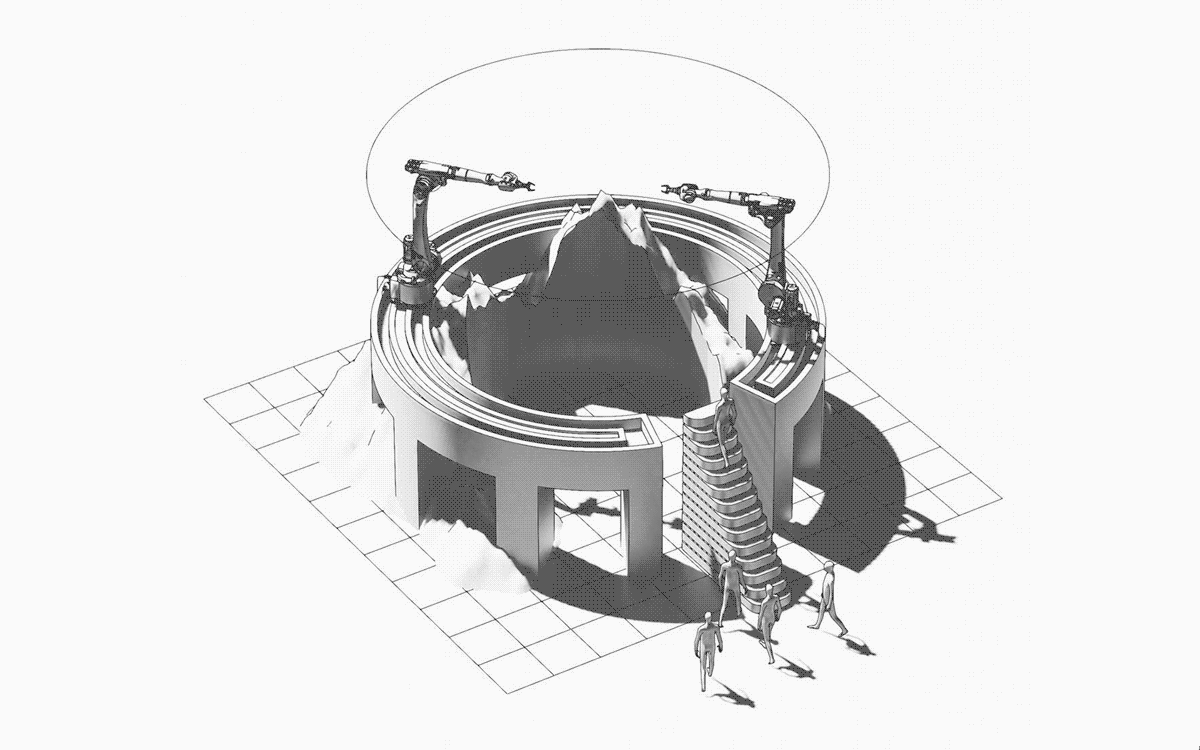1,577 days, 2,409 entries ...
Newsticker, link list, time machine: HOLO.mg/stream logs emerging trajectories in art, science, technology, and culture––every day
May 2023
“Extinction would directly affect the elite, which is why they care about mitigating risks. ‘Sub-extinction’ risks from AI that harm marginalized peoples don’t get signatures like this.”
Danish interaction designer Bjørn Karmann premieres Paragraphica (2023), a camera that ‘captures’ images with location data (address, weather, time of day, etc.) and AI. Three dials control the data and Stable Diffusion parameters while the viewfinder displays a real-time text description of the place you’re at. Upon pressing the trigger, the AI will generate a ‘photo’ from that prompt. The project exists both as a physical, star-nosed mole-inspired prototype and a virtual camera for you to try.
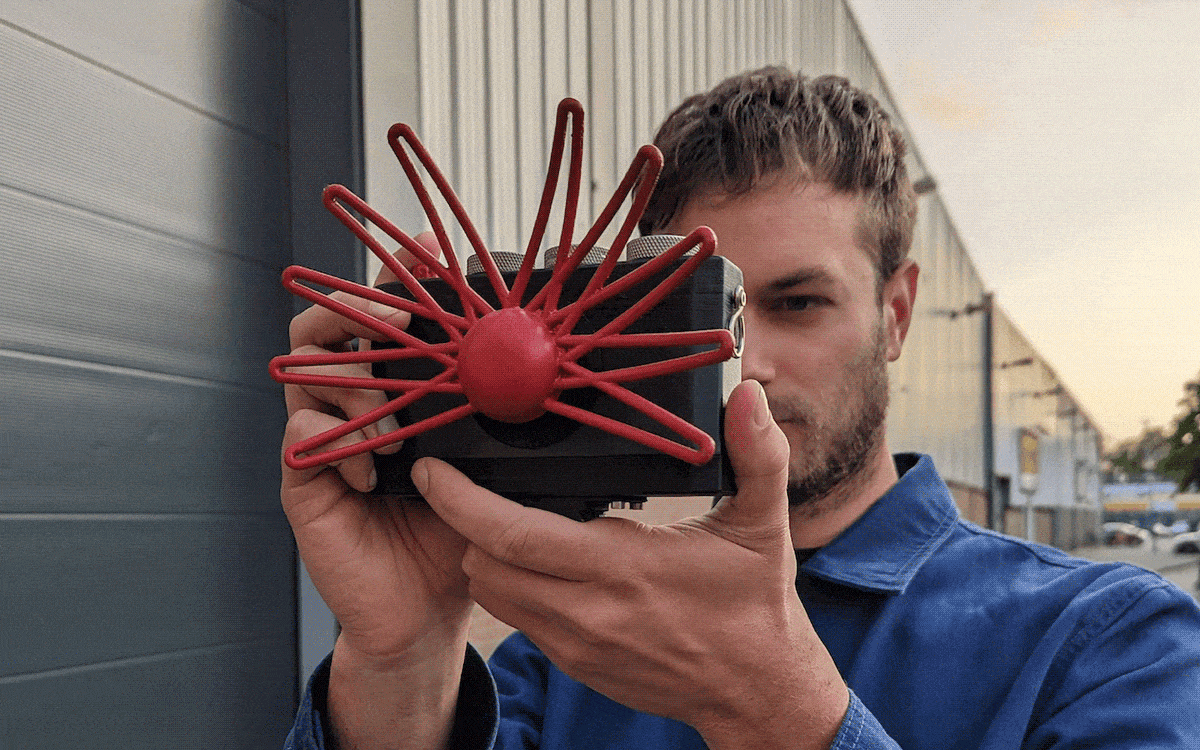
“Mitigating the risk of extinction from AI should be a global priority alongside other societal-scale risks, such as pandemics and nuclear war.”
Theta’s World (2023, image), an experimental videogame created by Lawrence Lek in the X Virtual incubator program, launches online. Commissioned by Beijing’s X Museum, the self-described simulation artist and sinofuturist is true to form here, presenting an imagined smart city—SimBeijing—that can be navigated in-browser. Between the floating architectural forms, urban geometries, and scattered text fragments, the experience presents “whispering stories that shift and morph with every journey undertaken.”
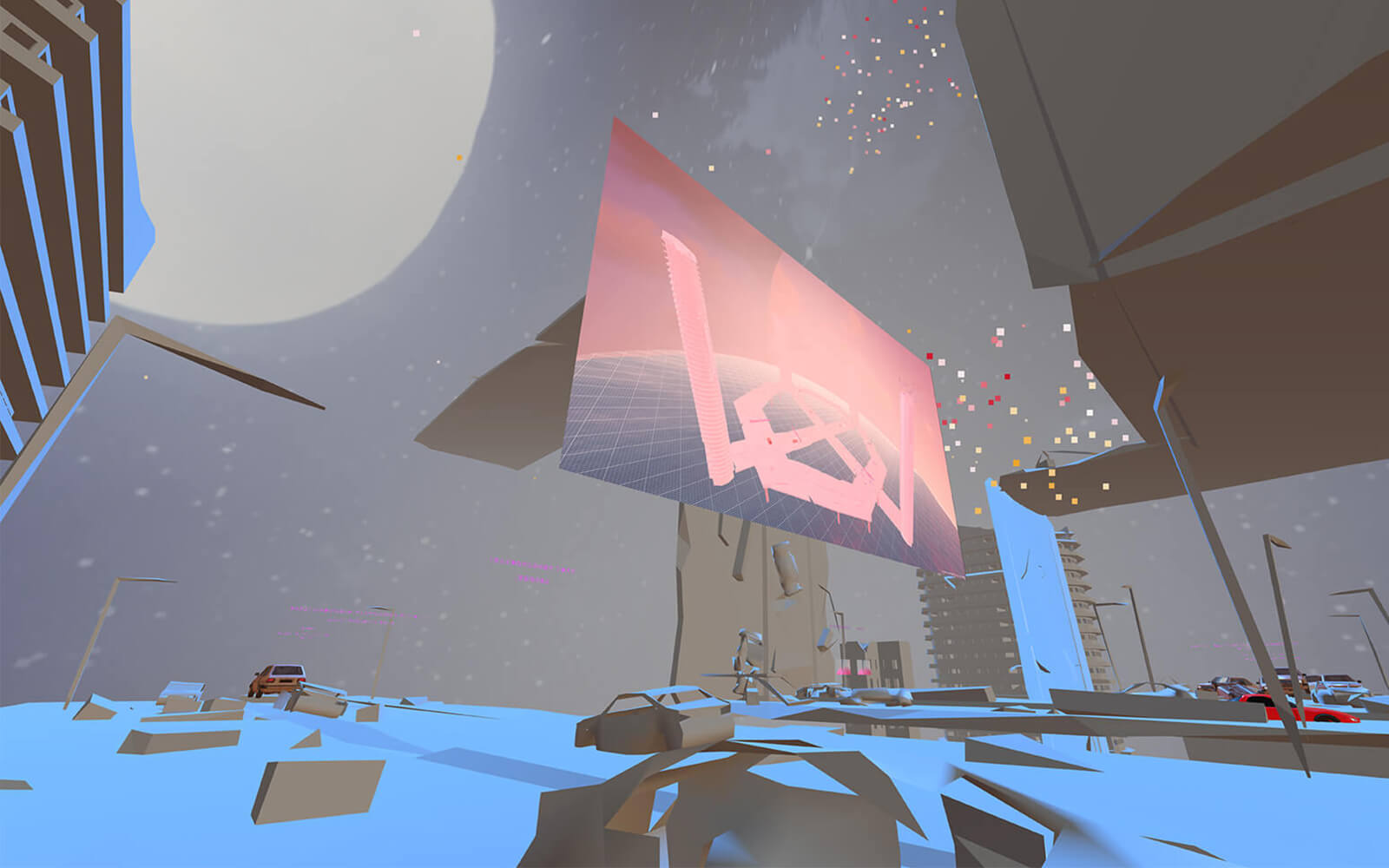
“The obsolescence regime is a world where it’s very hard to have any power if you were to refuse to listen to AI systems and insist on doing everything with just human intelligence.”
Formafantasma’s solo exhibition “Oltre Terra. Why Wool Matters” opens at Nasjonalmuseet, Oslo, offering insight into the Italian design studio’s ongoing research “on the history, ecology, and global dynamics of the production of wool.” Curated by Hanne Eide and presented in six sections featuring objects, paintings, textiles, photographs, and videos, the show unravels the complexities of co-domestication that, Formafantasma argue, “have transformed humans as much as humans have transformed sheep.”
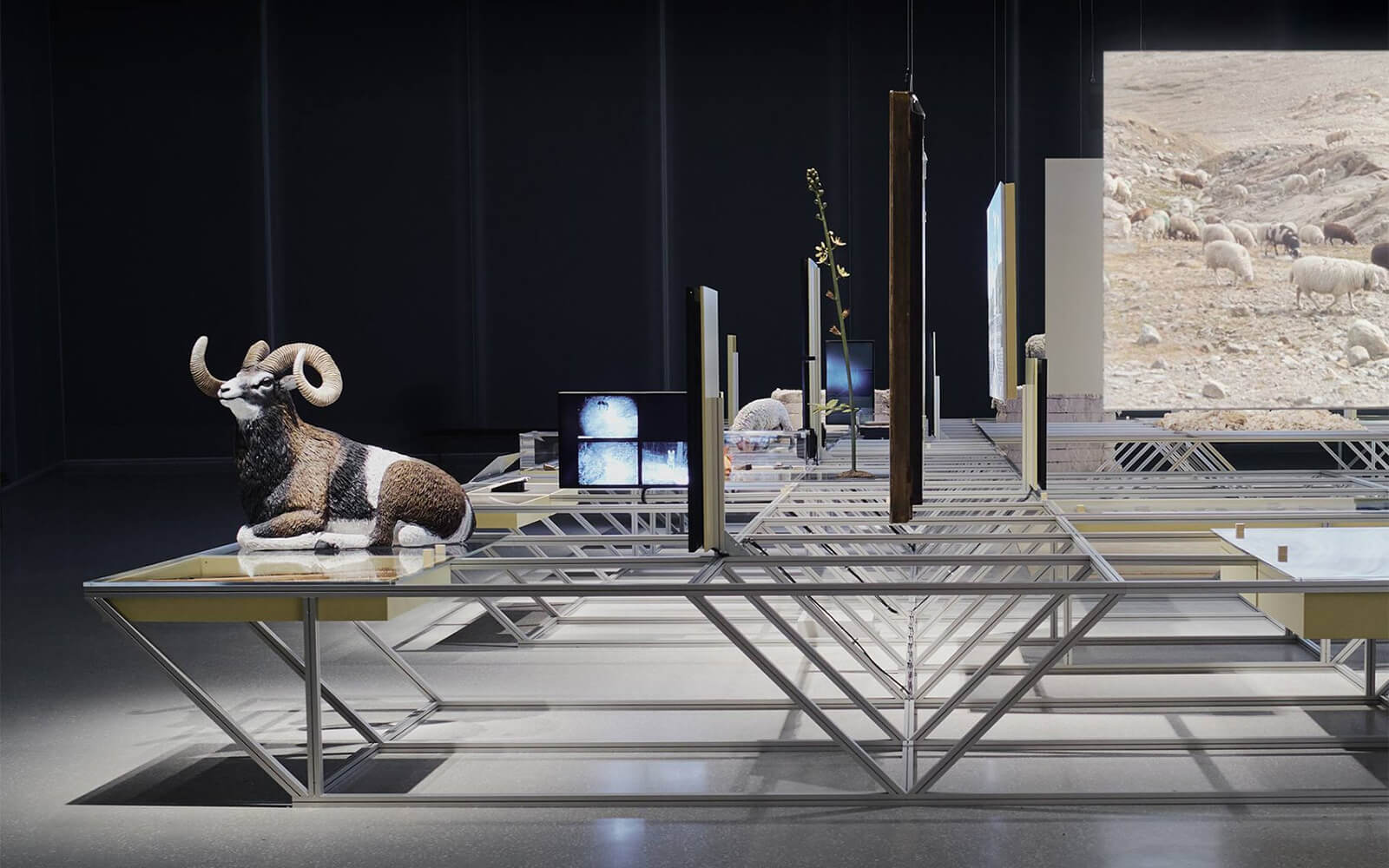
Julius von Bismarck’s solo exhibition “When Platitudes Become Form” opens at Berlinische Galerie, examining simplistic clichés of “how nature is seen and history is written.” For the sculptural piece I like the flowers (2017, image), for example, the German artist pressed dried plants of non-European origin into two dimensions. Bismarck’s critique of extractivist colonial world views also includes his own family history: A suspended 9 x 12 meter cloth, Landscape Painting (2022), invokes the moving waters of the Bismarck Sea.
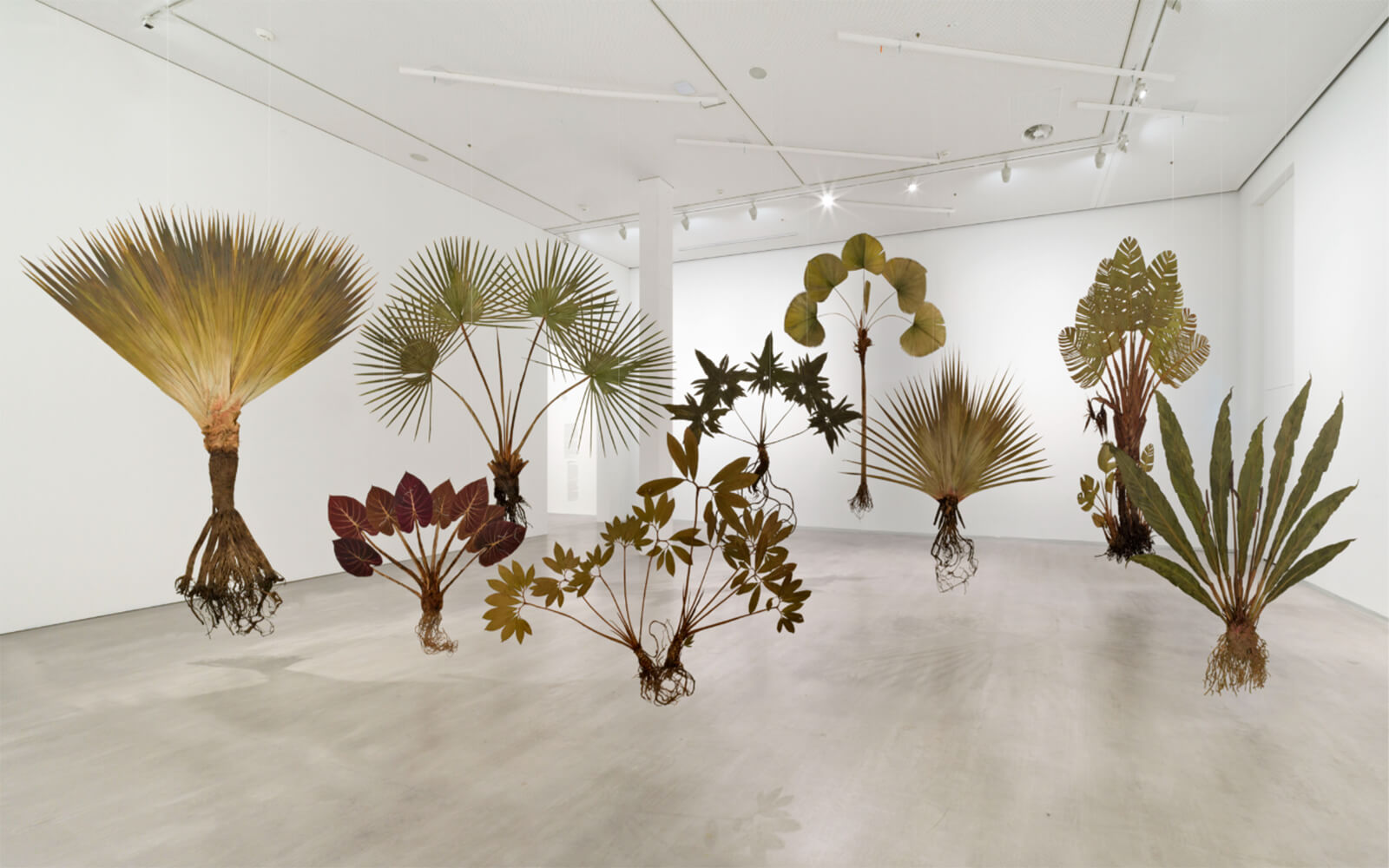
“We’ve been fixing the airplane while flying it for twenty years now—we’re really trying to make it more sustainable for the people involved.”
“The goals his work sets out to achieve assume profits for emerging capitalists are an unalloyed good, while anything that would interrupt these is an obstacle to be eliminated.”
In anticipation of the UN plastics treaty talks in Paris, Australian researchers at the Minderoo Foundation release the fist-ever plastics pollution weather forecast: Up to 48 kilograms of nylon, polyester, and car tire particles are estimated to blanket greater Paris every 24 hours. Based on 2015 studies rather than real-time data, the actual numbers are likely much higher, the researchers warn. Still, the forecast app “should sharpen the focus of negotiators,” hopes Minderoo’s Marcus Gover.
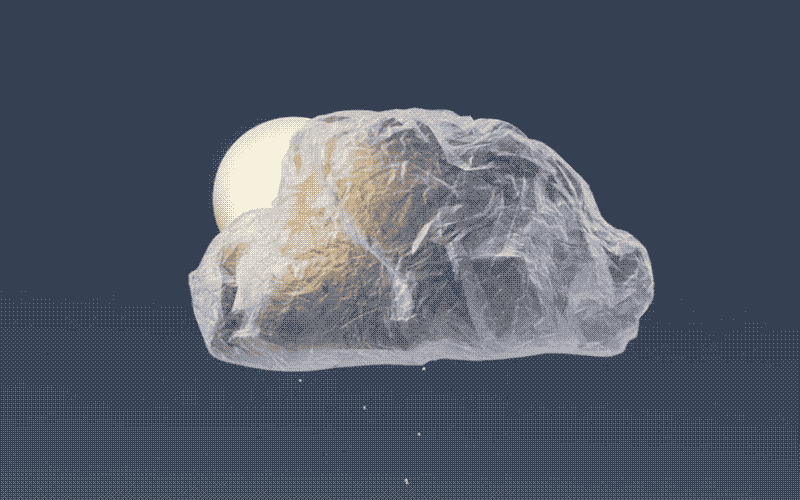
“History is not on rails—it’s got a steering wheel. And we can grab it, and we can yank it.”
British composer and vintage computer music connoisseur Paulee Alex Bow takes to his Magical Synth Adventure! YouTube channel to revisit obscure software instruments on the Commodore Amiga, a 16bit home computer platform launched in 1985. Introducing viewers to the unique capabilities of the system’s 4-channel sound chip, Paula, Bow demoes a variety of early real-time soft synths including Aegis SONIX (1986, image), Sonic Arranger (1992), and OctaMED (1989-97, “my happy place”) that enthusiasts experiment with to this day.
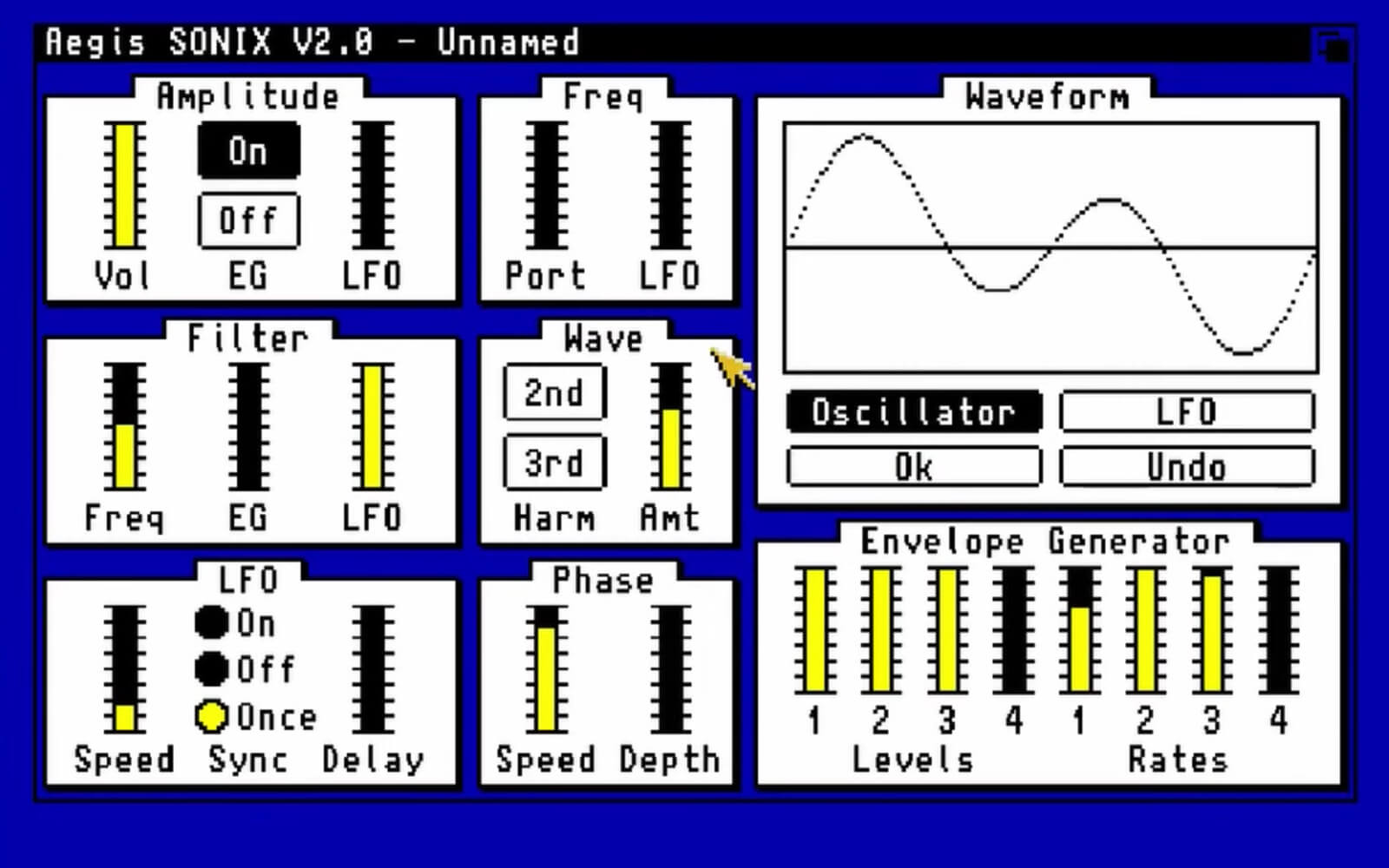
Antony Loewenstein
The Palestine Laboratory
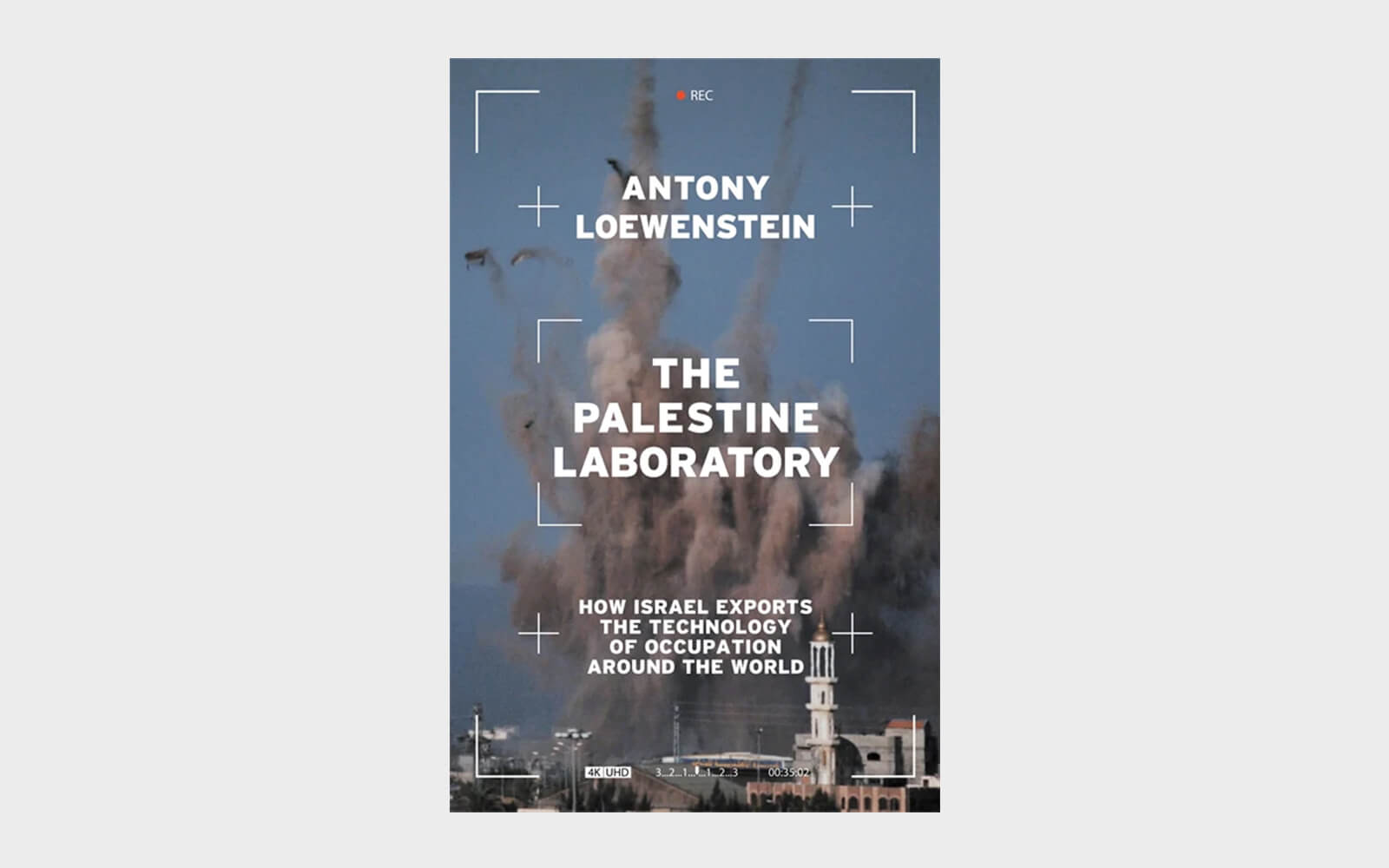
“Projects such as Aadhaar propose a distinction between ‘identity and identification’—the former an amalgamation of social relations and historical processes, and the latter touted as a neutral act of correlating one piece of information to another.”
Lawrence Lek’s solo exhibition “Black Cloud Highway” opens at Sadie Coles HQ, London, expanding the world of his 2021 CGI film into a ‘site-specific simulation.’ Black Cloud tells the story of a lone traffic surveillance AI in an abandoned smart city. At Sadie Coles HQ, the film’s highways become a cinematic landscape: Spanning two floors, Lek creates a “unified spatial environment of media and architecture” that incorporates sculptural elements—suspended car parts—and a new text-based role-playing game.
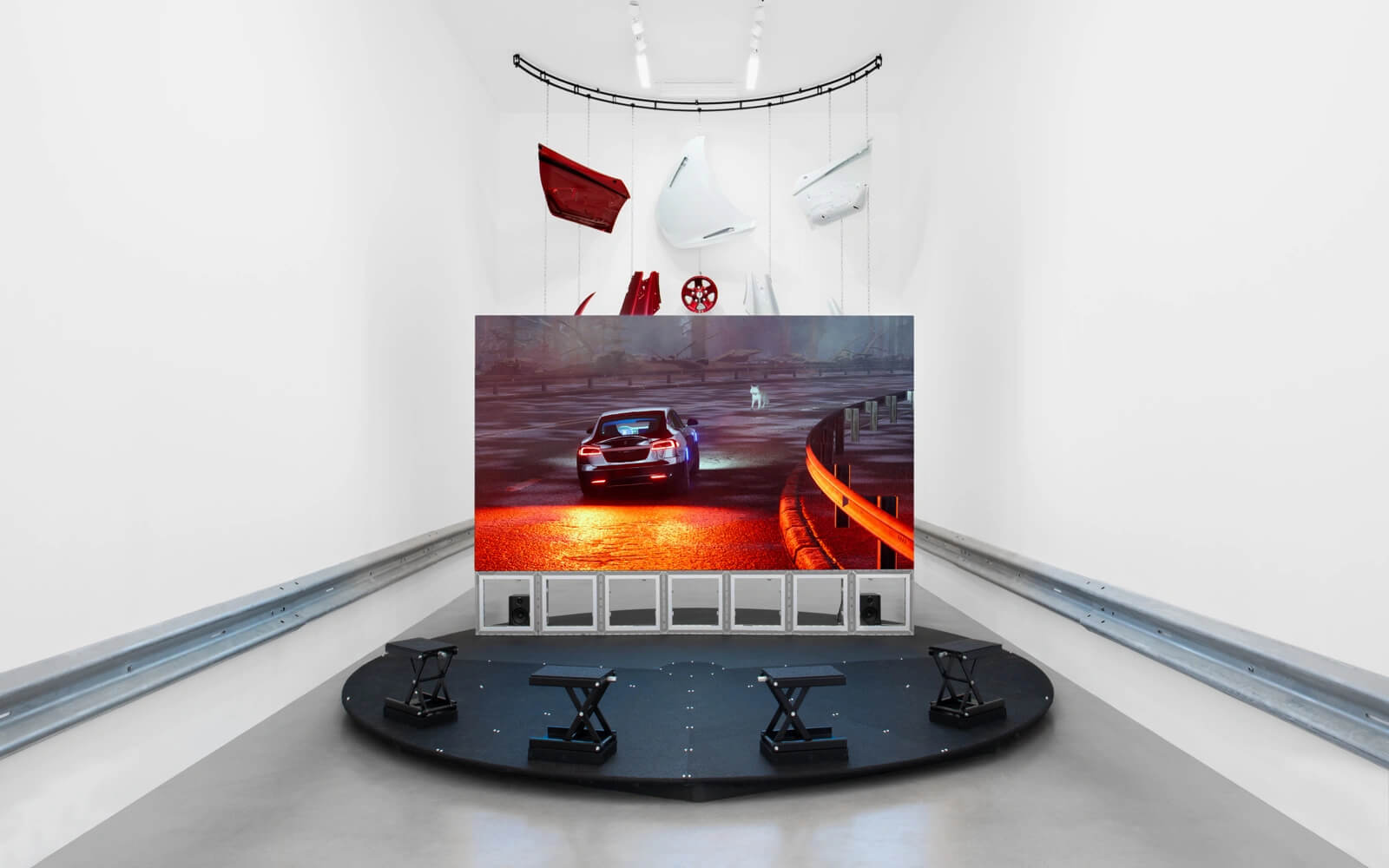
Australian architect and filmmaker Liam Young premieres a new docu-fiction installation, The Great Endeavor (2023), at this year’s Venice Biennale. The piece offers glimpses of a longer forthcoming film that approaches planetary-scale carbon sequestration with radical optimism. Young and consulting scientist Holly Jean Buck turn humanity’s largest engineering project into an infrastructural imaginary, “chronicling the coordinated action to decolonise the atmosphere in our last great act of planetary transformation.”
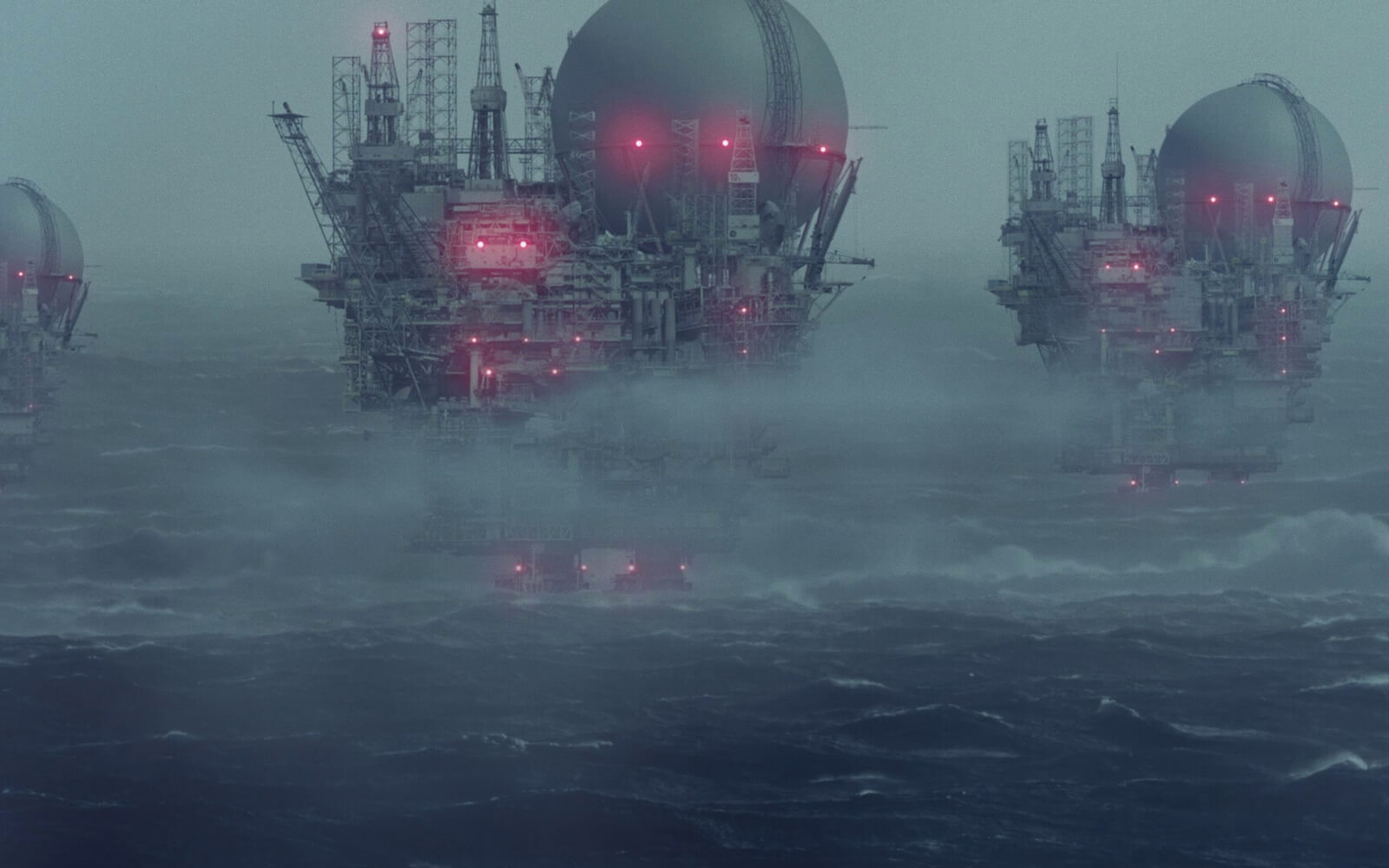
“The artificial robin may sound like a robin to even the keenest human—and AI—ears. But does it sound like a robin to a robin?”
Daily discoveries at the nexus of art, science, technology, and culture: Get full access by becoming a HOLO Reader!
- Perspective: research, long-form analysis, and critical commentary
- Encounters: in-depth artist profiles and studio visits of pioneers and key innovators
- Stream: a timeline and news archive with 1,200+ entries and counting
- Edition: HOLO’s annual collector’s edition that captures the calendar year in print
